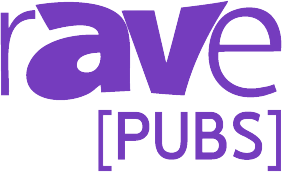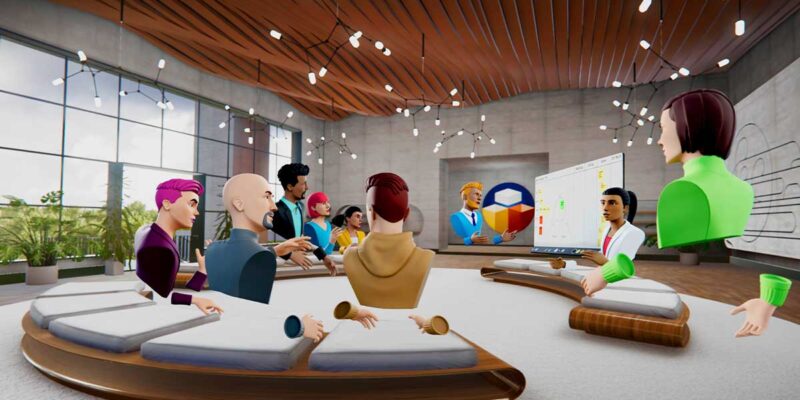FUD — Fear, Uncertainty and Doubt

I thought this general term, “FUD,” used in two different connotations would be highly relevant and appropriate to many people (domestic and international), especially within the past year. I want to point out that I am not in the medical field and that these are my own opinions based on my professional (well over 30 years) and personal (well over 30 years) experiences.
Professional Lessons
Many years ago, I first heard of and experienced this tactic during my 10-year sales career in data storage (hard drive/RAID systems) and backup (CD/tape). I competed with several significantly larger manufacturers whose sales teams would use various tactics to cause FUD among their potential clients since I was still competing with these vendors. For example, my clients would hear, “No one ever got fired for buying IBM, EMC, etc.” So, to be successful, I had to learn to adopt and/or create new strategies to address and help my clients overcome their perception of FUD.
Some include:
- Six Ps (mentioned in my second column and via the link below) — I learned this term from one of my associates shortly after being promoted from the receptionist to a production assistant while working in a NYC film/video production studio a very long time ago.
- Behavior that is Rewarding is Repeated — Many clients would stay with their company’s “standards,” aka Business as Usual (BAU) to eliminate changes that may add risk to their company, and more importantly, to their own careers. So, in many cases, to get new business (replacing legacy vendors and/or identifying new opportunities within large existing or potential clients), I had to prove that the overall size of the vendor was not as critical to success as the actual team and their processes put in place to support their clients.
- “Human Chess” — a term I created many years ago while training others to focus on understanding the next actions of our clients based on what my associates say and/or do (then what the clients say or do and so on until you receive the signed contract/P.O.)
- “Overwhelm Clients with Comfort” — I learned a long time ago that clients will not move forward with their process to order your products and services until they are completely comfortable; you want to ensure there is no “buyer’s remorse” after you receive their order.
An example of a situation that included all my methodologies listed above: During my time in the data storage and backup industry, I worked for a manufacturer of RAID storage systems, which typically included a tape backup system (made by other vendors). At that time, DLT tape technology was the standard for most enterprise companies. Although I could easily continue to sell DLT to all clients, I immersed myself in understanding the new AIT tape technology. (I always felt that focusing on the latest technology would enable me to be more valuable to my clients, face less competition and be more interesting than selling the same products every year.)
I once scored a meeting with the director of IT at CBS in NYC. Before that meeting, I had a technical training session on AIT-versus-DLT technology features. I did not doubt that AIT would displace DLT in a concise amount of time (individual tape drives and in larger tower or cabinet configurations). I had understood from an associate that the director of IT would not spend much time in meetings (as he was swamped running the IT department for CBS) and that he was also “not necessarily organized.” I was able to get an on-site appointment (years before videoconferencing) in the morning so he would not be in the middle of his multiple daily tasks yet.
When I arrived for the meeting that morning, I did not have to wait long. I was called into his office, and when he opened his door, I hesitated so I could comprehend the scene I was looking at (Note: I spent eight years working as a producer/AD in film and video production. I worked on commercials and corporate videos on a sound stage in NYC; this space reminded me of those). It was the first time I had ever seen an office where I could not identify where the desk was located and where I should sit. There were piles of paper everywhere, so I immediately understood what the term “not necessarily organized” meant in this case. I tried very hard not to express shock on my face and instead wore a smile as he told me to sit down on the chair (I had to move some paper off of it) in front of his paper-ladened desk. He was a little gruff and said, “You have 20 minutes; what are you here for?” To which I immediately replied, “I’m here to sell you CRAP.” He asked, “CRAP?” I then explained, “Computer-Related Accessories and Peripherals,” which led to a massive smile on his face, loud laughter and then an immediate sense of calm (for me). We discussed the enormous benefits of AIT technology over DLT (their standard tape format), not just for CBS, but more importantly, for himself. I walked out 20 minutes later and received a nice-sized order a week later for AIT tape drives, which he faxed (see definition below) to my attention.
Personal Lessons
I am confident that many people have gone through their own personal FUD in the past year.
I know several people who have lost their jobs; I am working with them to help get a new one while still in this pandemic environment. For example:
- Proactively reaching out to them, so they know I am here to support them (as a friend said to me in support, when I lost my job about 20 years ago due to my division being sold to a competitor, “you only need to find one job”).
- Ensuring they have the proper equipment, software (can use my VMR client) and lighting to look good over video.
- Asking the right questions to make sure they join the right company, rather than the first opportunity that becomes available.
- Setting up video calls to meet with all the people they will interact with at their new job or career (before joining that company). Over the years, I learned that long-term success is definitely based on support from all your associates, not just a few of them.
Also, I will address the pandemic (not in a political manner, but instead within the health and physics realms) based on my nonmedical experiences and discussions with many people who have contracted COVID-19 and fortunately lived through it. I saw an animation last year that illustrates how the virus can get transmitted from one person to another or a group of people. Since the virus is a particle, it follows the laws of physics, depending on the environment (i.e., temperature, wind and strength at which a person exhales will determine the area that the virus will cover, travel, as well as how long the virus can stay in the air). I did my own experiment early last year. I put on one (1) surgical mask with blue on the outside and white on the inside, noted as three-ply on the box. I walked around my neighborhood at a time when no one was around. In the first block, I used my mask to cover my face (mouth and nose by using the top metal pincher feature). During the second block, I just covered my mouth. When I covered just my mouth, I discovered that I exhaled a lot harder through my nose than when my mouth and nose were covered.
So, as I have been in various places the past year, I had fear and uncertainty that seeing people wearing masks that only covered their mouths are not being careful to spread the virus, especially if they are asymptomatic. I doubt these people understand the severity of covering their mouth and nose (do not even start me on the discussions I have had about eyes). All of the people I spoke to from different cities and states in the U.S. did not wear a mask before contracting COVID-19, except for one person. (This person was in a nonventilated small office with other people who were not wearing masks. One of those people spoke loudly for a long time — I know; it sounds like detention, except these were grown men reviewing an AV project.)
Since the vaccine is now available depending on various criteria and supply, I will be getting the shot(s) as soon as I can. (Gary Kayye documented his experience during the Pfizer trial here.)
P.S. I want to point out that The Jacob Javits Center in NYC has been doing a fantastic job delivering vaccines. I know of one person who recently went; she was very impressed with the process’ four stations:
- Station #1 — Pre-Arrival
- Station #2 — Check-In
- Station #3 — Vaccine
- Station #4 — Observation
By the way, the string quartet was a great idea; they literally calmed everyone down who was in the line for vaccinations.
Thank you for your time and I hope you found this column interesting and helpful. Here is my latest list of useful industry key words and definitions.





